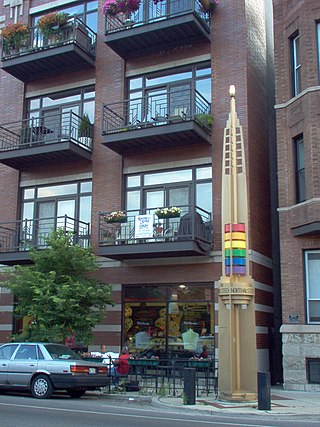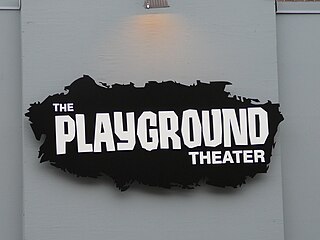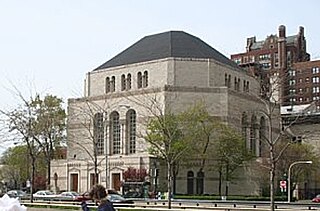Self-guided Sightseeing Tour #10 in Chicago, United States
Legend
Tour Facts
2.2 km
20 m
Experience Chicago in United States in a whole new way with our free self-guided sightseeing tour. This site not only offers you practical information and insider tips, but also a rich variety of activities and sights you shouldn't miss. Whether you love art and culture, want to explore historical sites or simply want to experience the vibrant atmosphere of a lively city - you'll find everything you need for your personal adventure here.
Activities in ChicagoIndividual Sights in ChicagoSight 1: Briar Street Theatre
The Briar Street Theatre is a theatre located in Lake View, Chicago, and is home to the long-running Blue Man Group. Originally the carriage house for the Marshall Field and Company horses, the space was purchased by Walter Topel and reconstructed into a theater. The Briar Street Theatre is most notably associated with the Blue Man Group act, which began performing at the Briar Street Theatre in 1997 and, as of January 31st, 2024, is still performing there.
Sight 2: Legacy Walk Rainbow Pylon

The Legacy Walk is an outdoor public display on North Halsted Street in Chicago, Illinois, United States, which celebrates LGBT contributions to world history and culture. According to its website, it is "the world's only outdoor museum walk and youth education program dedicated to combating anti-gay bullying by celebrating LGBT contributions to history." It is the world's largest collection of bronze biographical memorials.
Sight 3: The Playground Theater

The Playground Theater is the only continuously operating non-profit theater in Chicago dedicated to Modern Theatrical Improvisation, a form of theater invented in the city. The Playground was founded in 1997 by its original member companies. Located on Halsted Street, The Playground features performances every night.
Sight 4: Anshe Sholom Bnai Israel Congregation
Anshe Sholom B'nai Israel is a Modern Orthodox Jewish congregation and synagogue located at 540 West Melrose Street, in the Lakeview neighborhood on the north side of Chicago, Illinois, in the United States.
Sight 5: Temple Sholom
Temple Sholom is a Reform Jewish congregation and synagogue located at 3480 North Lake Shore Drive in Chicago, Illinois, in the United States. Founded in 1867, as of 2010 it was one of the oldest and largest congregations in Chicago with over 1,100 member families.
Sight 6: Kwa-Ma-Rolas

Kwanusila is a 12.2 meter tall totem pole carved from red cedar. It stands in Lincoln Park at Addison Street just east of Lake Shore Drive in the Lake View neighborhood of Chicago, Illinois. The colorfully painted totems include a grimacing sea monster at the bottom, a man riding a whale above it, and Kwanusila the Thunderbird on top.
Share
How likely are you to recommend us?
Disclaimer Please be aware of your surroundings and do not enter private property. We are not liable for any damages that occur during the tours.
GPX-Download For navigation apps and GPS devices you can download the tour as a GPX file.
